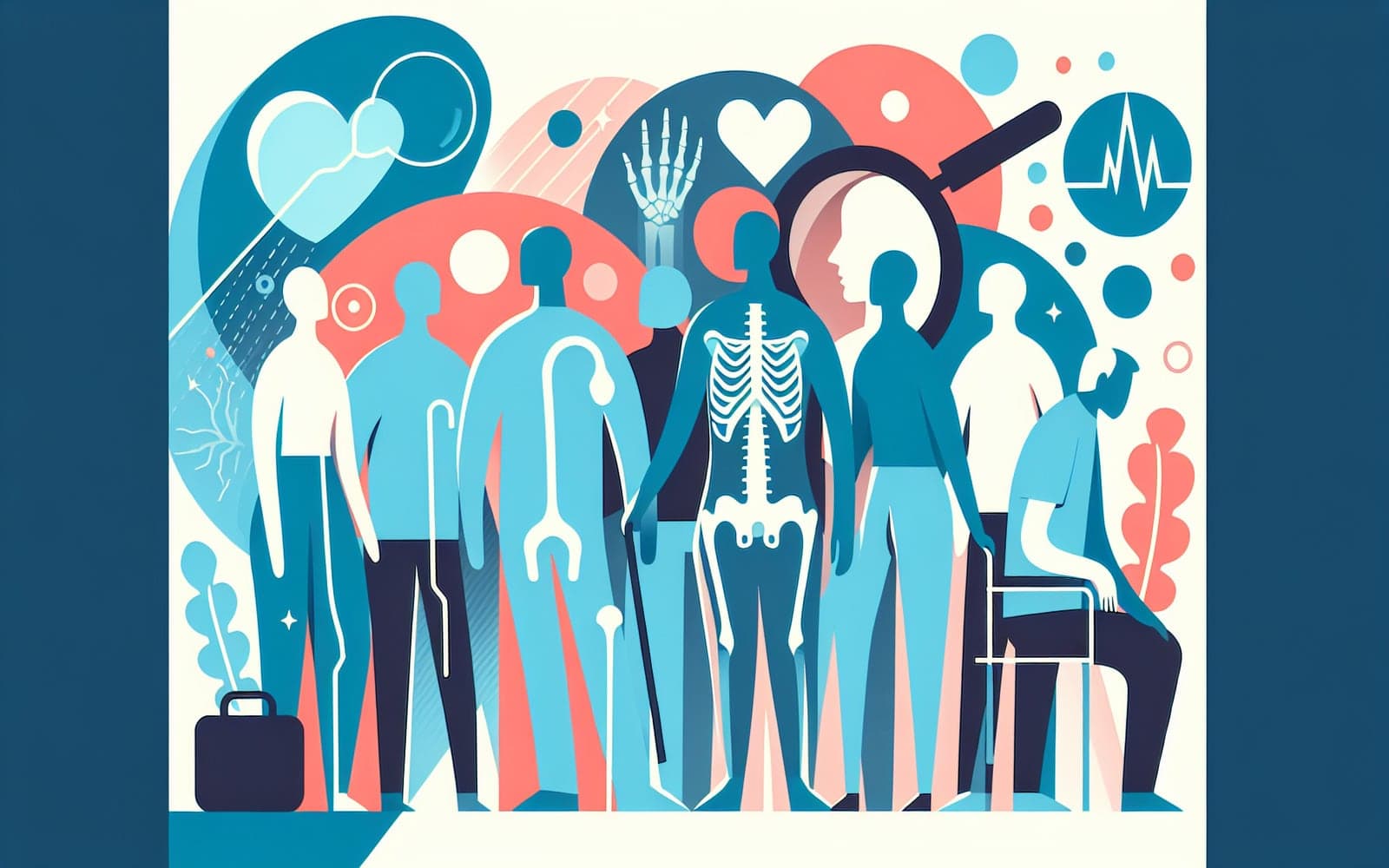Uncovering the Risk Factors for Fibula Fractures
Published: Jan 04, 2024

Medically reviewed by Benjamin Seth Martinez | MD, Statpearls - Director of Clinical Content on January 4th, 2024.
Fibula fractures can happen unexpectedly, but understanding risk factors can help you take preventive measures.
Contents
Age and Bone Health
Older adults, especially those with low bone mass, are at higher risk for fibula fractures. Women are particularly susceptible due to postmenopausal bone density loss.
Lifestyle Choices
Smoking and a poor diet can contribute to weakened bones, increasing fracture risk. Maintaining a healthy lifestyle can help mitigate these risks.

Sports and Physical Activity
Engaging in high-impact sports or activities without proper precautions can lead to fibula fractures. Sports like soccer, football, and skiing are common culprits.
Frequently Asked Questions
Older adults and women with low bone mass are at higher risk.
Yes, smoking and poor diet increase fracture risk.
High-impact sports like soccer and skiing increase risk.
Key Takeaways
Understanding risk factors empowers you to take steps to prevent fibula fractures.
Talk with Doctronic about how you can reduce your risk today!Related Articles
References
Kelsey JL, Keegan TH, Prill MM, et al. Risk factors for fracture of the shafts of the tibia and fibula in older individuals. Osteoporos Int 2006; 17:143.
Slauterbeck JR, Shapiro MS, Liu S, Finerman GA. Traumatic fibular shaft fractures in athletes. Am J Sports Med 1995; 23:751.
This article has been reviewed for accuracy by one of the licensed medical doctors working for Doctronic. Always discuss health information with your healthcare provider.

